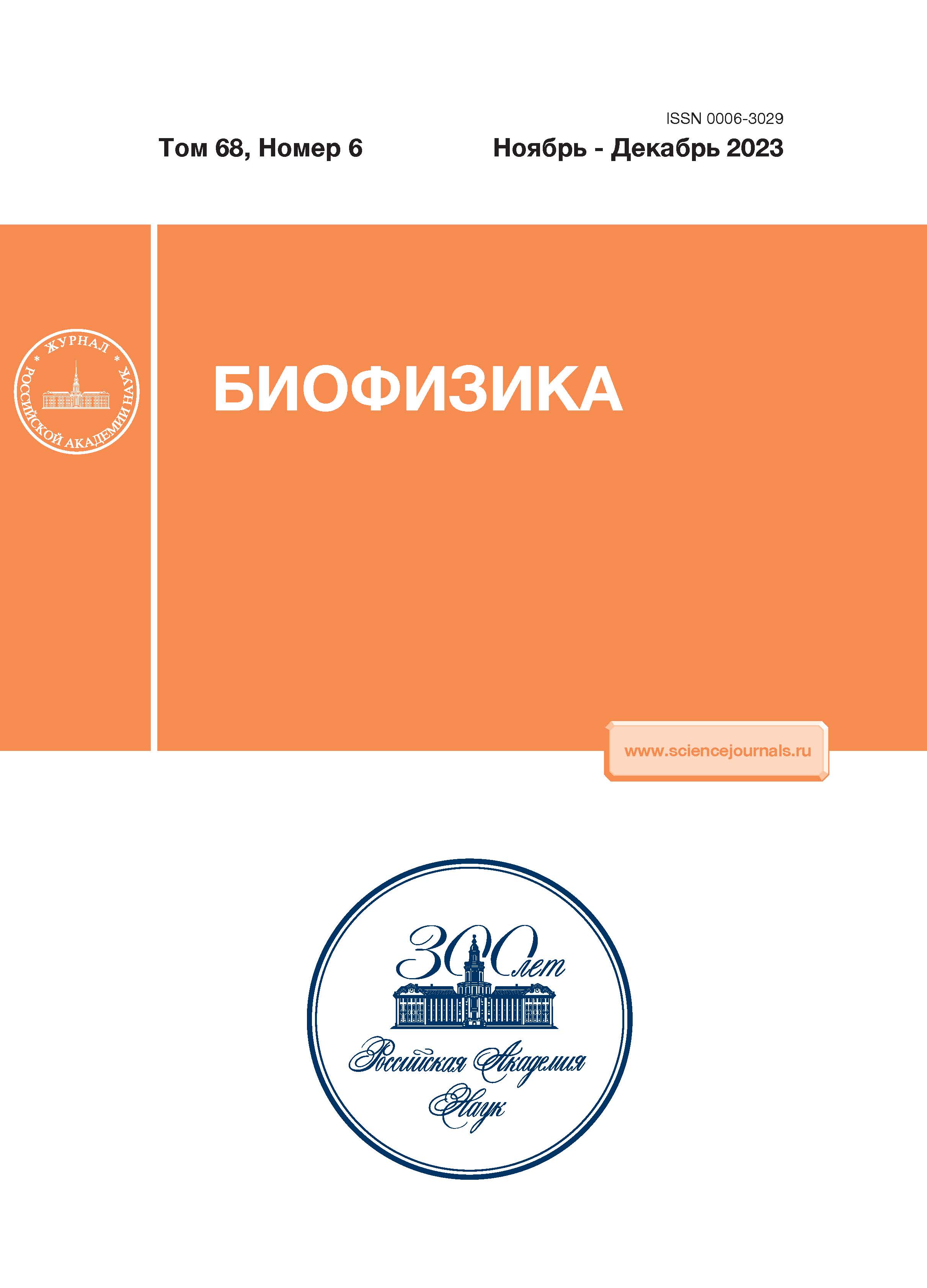Piezopulsometric analysis of the functional state of human cardiovascular system
- 作者: Nesterov V.P1, Burdygin A.I1, Ivanov K.B1, Sobol K.V1, Shemarova I.V1
-
隶属关系:
- I.M. Sechenov Institute of Evolutionary Physiology and Biochemistry, Russian Academy of Sciences
- 期: 卷 68, 编号 6 (2023)
- 页面: 1280-1291
- 栏目: Articles
- URL: https://kld-journal.fedlab.ru/0006-3029/article/view/673259
- DOI: https://doi.org/10.31857/S0006302923060194
- EDN: https://elibrary.ru/PTVQBJ
- ID: 673259
如何引用文章
详细
作者简介
V. Nesterov
I.M. Sechenov Institute of Evolutionary Physiology and Biochemistry, Russian Academy of Sciences
Email: nesterov@iephb.ru
St. Petersburg, Russia
A. Burdygin
I.M. Sechenov Institute of Evolutionary Physiology and Biochemistry, Russian Academy of SciencesSt. Petersburg, Russia
K. Ivanov
I.M. Sechenov Institute of Evolutionary Physiology and Biochemistry, Russian Academy of SciencesSt. Petersburg, Russia
K. Sobol
I.M. Sechenov Institute of Evolutionary Physiology and Biochemistry, Russian Academy of SciencesSt. Petersburg, Russia
I. Shemarova
I.M. Sechenov Institute of Evolutionary Physiology and Biochemistry, Russian Academy of SciencesSt. Petersburg, Russia
参考
- Методы исследования сердечно-сосудистой системы, Руководство по кардиологии (под ред. Е.И. Чазова), 2 (М. 1982), Т. 2.
- N. Ferrara, K. Komici, G. Corbi, et al., Front Physiol., 4, 396 (2014).
- I. V. Shemarova, V. P. Nesterov, L. V. Emelyanova, et al., Front. Bioscience-Scholar, 13 (2), 105 (2021).
- G. F. Mitchell, H. Parise, E. J. Benjamin, et al., Hypertension, 43, 1239 (2004).
- A. Schumann and K. Bar, PhysioNet, doi: 10.13026/2hsy-t491 (2021).
- Н. Р. Палеев и И. М. Каевицер, Атлас гемодинамических исследований в клинике внутренних болезней (Медицина, М., 1975).
- S. V. Nesterov, Human Physiol., 31 (1), 70 (2005).
- В. П. Нестеров, А. И. Бурдыгин и С. В. Нестеров, Физиология человека, 43 (6), 54 (2017).
- В. П. Нестеров, А. И. Бурдыгин, К. Б. Иванов и др., Журн. эволюц. биохимии и физиологии, 31 (6), 433 (2019).
- Heart rate variability. Standarts of measurement, physiological interpretation, and clinical use, Eur. Heart J. 17 (3), 354 (1995).
- J. A. Taylor and D. L. Eckberg, Circulation, 93 (8), 1527 (1996).
- W. N. Wilmer, J. D. Scott, I. B. Wilkinson, et al., J. Clin. Hyperten., 10 (4), 295 (2008).
- В. П. Нестеров, М. Ф. Баллюзек, А. О. Конради и др., Успехи геронтологии, 29 (1), 107 (2016).
- С. А. Котельников, А. Д. Ноздрачев, М. М. Одинак и др., Физиология человека, 28 (1), 130 (2002).
- J. H. Skotte and J. Kristiansen, Biomed. Eng. Online, 13, 138 (2014).
- В. P. Nesterov, A. I. Burdygin, K. B. Ivanov, et al., Adv. Gerontology, 12 (2), 147 (2022).
- V. P. Nesterov, A. I. Burdygin, K. B. Ivanov, et al., Biophysics, 68 (1), 21 (2023).
补充文件









